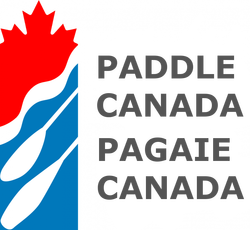Kuhl The One Hoody
Price: $179 USD
Sizes: XS to XL
Colours: Deep Blush, Raven, Quartz, Inkwell, Sea Pine, Antique Rose, Peony
Weight: 311g or 10.9 oz (size M)
Features:
This athletic fitted jacket boasts several abilities. It is windproof, water resistant, insulated but highly breathable. It comes in 7 different colours and 5 different sizes!
Cinchable hood with brim
Two hand pockets with zippers
Bottom hem drawcord
Subtle reflective trims
Stretch cuff at wrists
Underarms gusseted for enhanced breathability
Picking up this jacket for the first time it is evident that this jacket is of high quality. You will immediately notice the water resistant outer shell and the soft fleecy interior. You'll also notice how comfortable it is when you wear it. It is the perfect amount of cozy and warm. I find I grab it often because of the comfort.
I teach in both indoor and outdoor environments and through the fall of 2021, I wore this jacket from outdoors in everything from hot and humid conditions to cold bitter wind. In low and moderate output, the theromoregulating breathability of the insulating Aeroknit material works really well, keeping the user at a comfortable temperature at all times. At high output, my favourites are still the VerticalXAir and Polartec Alpha insulted breathable materials as I found the heat and humidity built too much under The One hoody. That said The One hoody thermoregulates way better than a traditional fleece or synthetic hoody.
The advantage of The One hoody over the other breathable insulation materials I have tried is it's wind cutting capabilities. Most insulating breathable garments are very porous and dump heat quite well but don't do well in windy environments. The One hoody is excellent at keeping the user protected from the wind and cozy and dry on the inside. I would pick this hoody as a 'go-to' breathable insulated jacket if you are often in windy environments.
While wearing this hoody at home making a sandwich, I accidently got some butter on the outside of the jacket. When I went to wash it off, I was amazed at the water resistant outer fabric and how well the water beaded off the jacket. The grease stain came out after pouring very hot water on it and using detergent and the jacket again looks like new.
The features like the hood with the brim came in handy for me on times I was caught in a chilly wind or drizzling downpour. It is easy to cinch down and being fleece lined allow my head to trap heat quite quickly.
The MikroAir stretch nylon ensures that the user doesn't feel restricted in motion which I felt was true in all but one area. The quilted patterning and linear design on the back panel is flattering and not bulky.
I opted for the size medium although I am normally caught between size small and medium in most women's clothing. I am happy I got the medium size as it gives me a little extra room for comfort and layering underneath.
Is it really The One? My verdict is yes. This jacket can do a lot: It cuts wind, keeps the user comfortable by doing the thermoregulating work, is lightweight and can repel water. What more do you need?
Con's
The only con I have for this jacket is that it is a bit tight across the front of the shoulders at the armpit level. It slightly limits some shoulder motion. The emphasis here is on the word slight and is only slightly noticeable. For reference I am not broad shouldered and have a small chest.
Best Uses: Low to moderate output outdoor activities in windy environments. Stand alone piece for spring, summer, fall camping/hiking/instructing/walking and part of a layering system in winter.
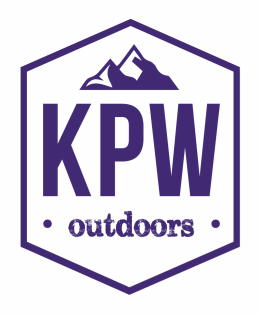
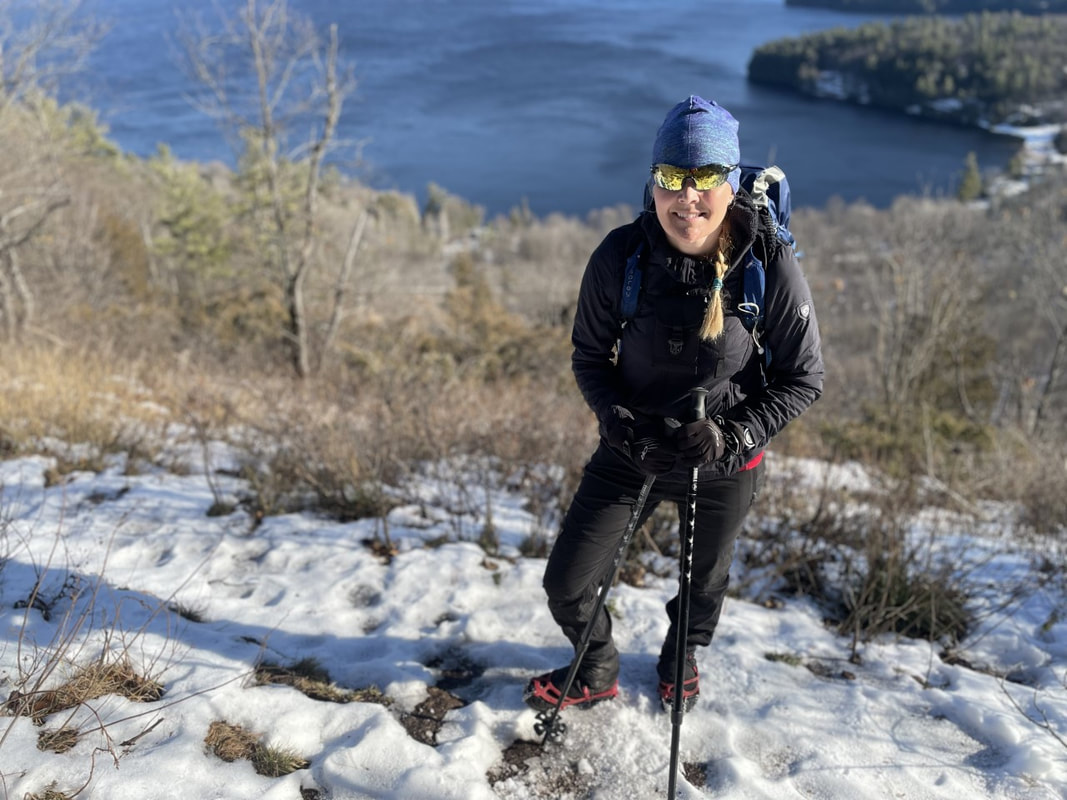
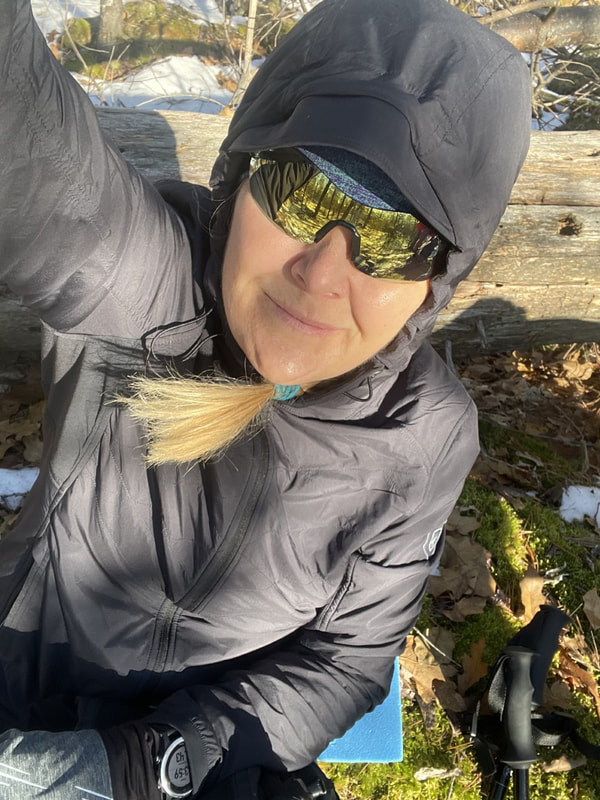
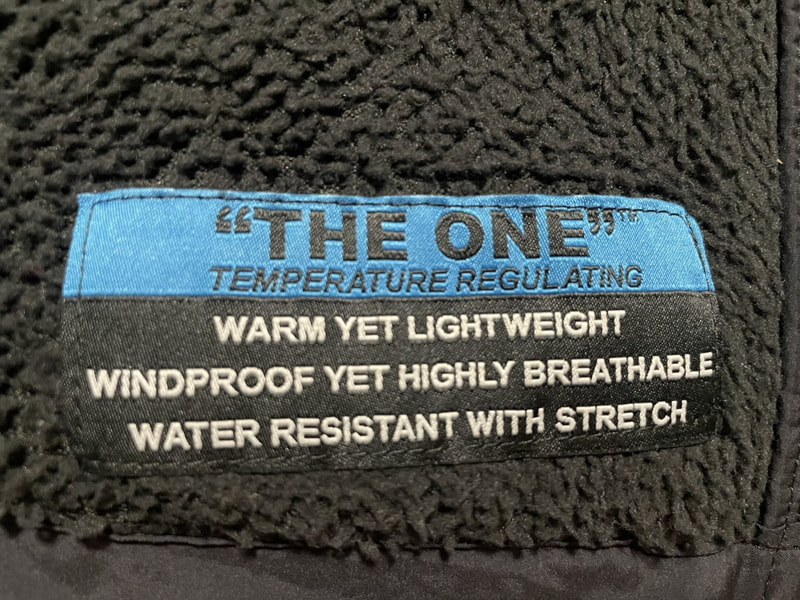
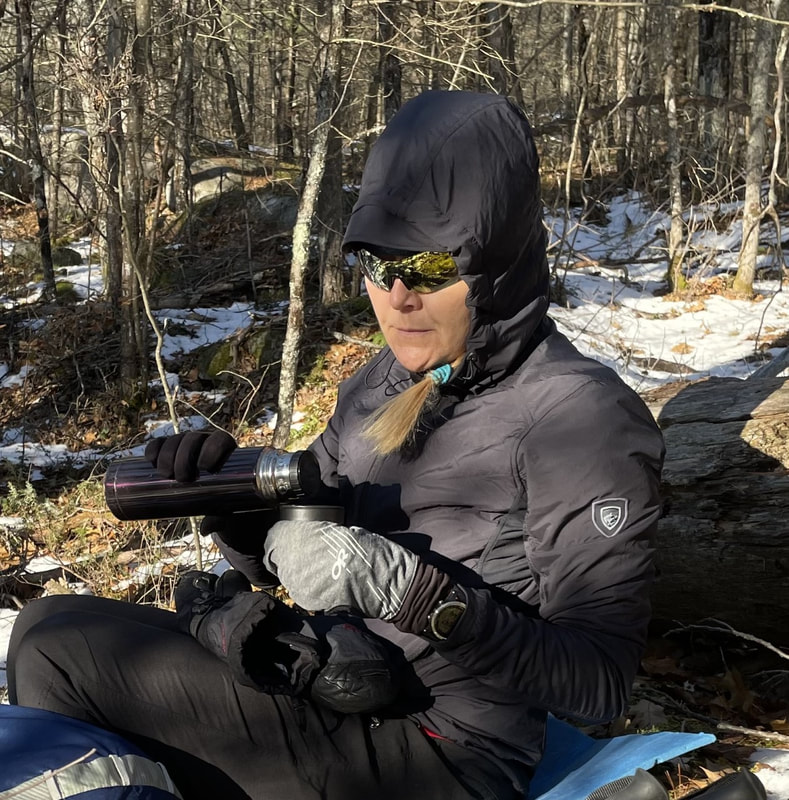
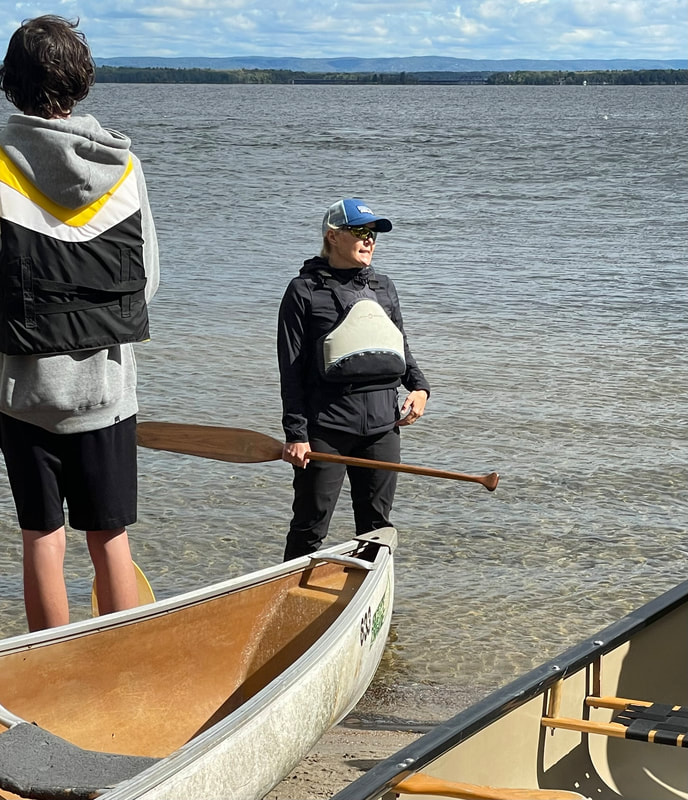
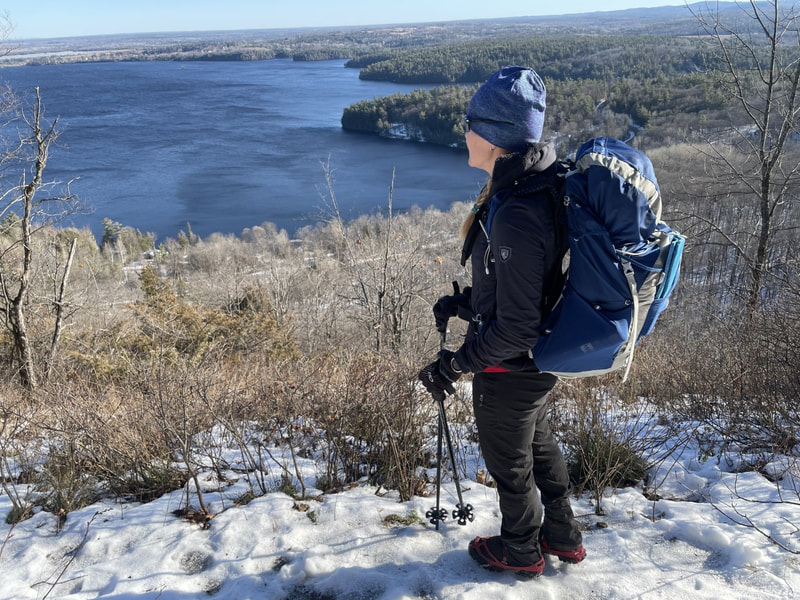
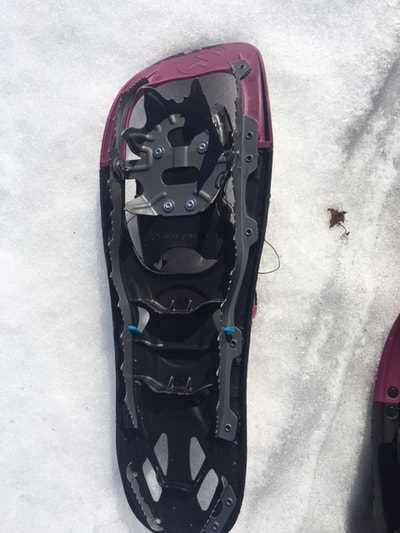
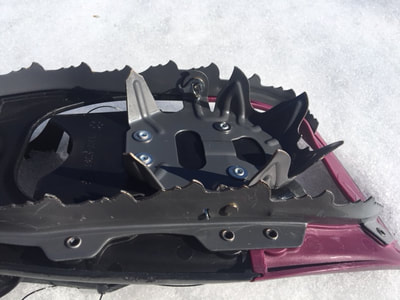
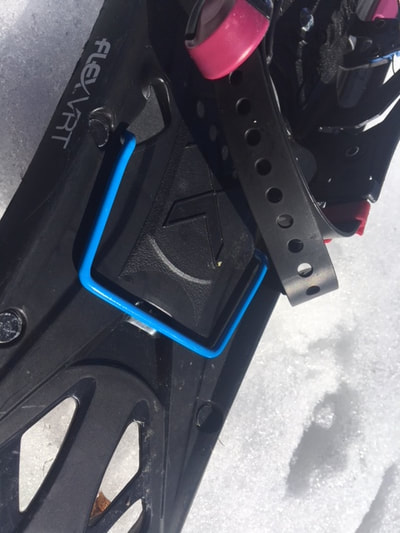
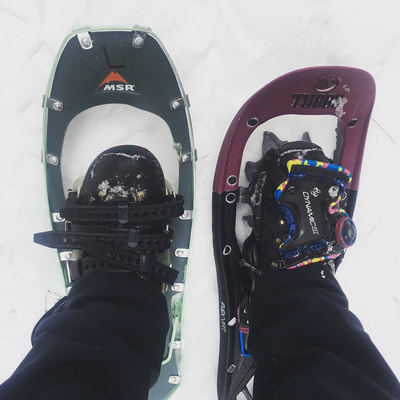
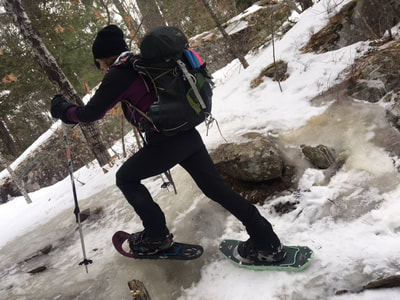
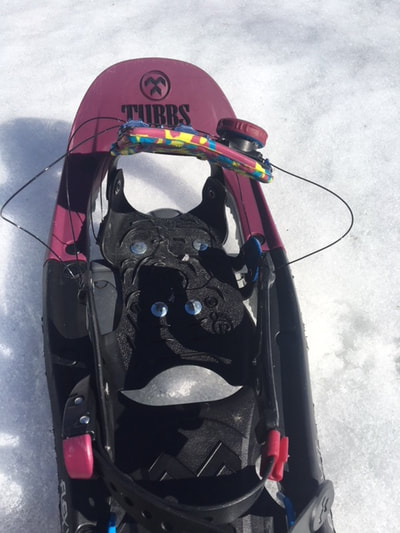
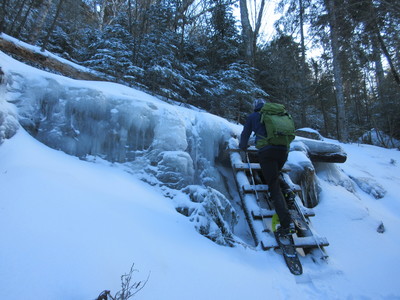
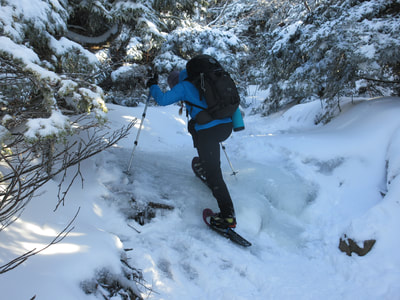
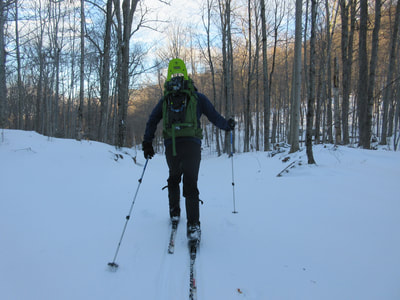
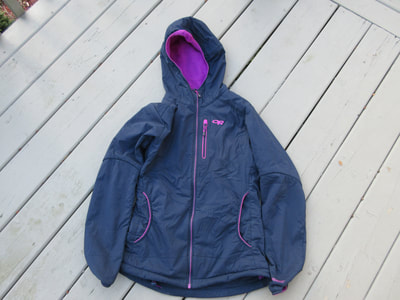
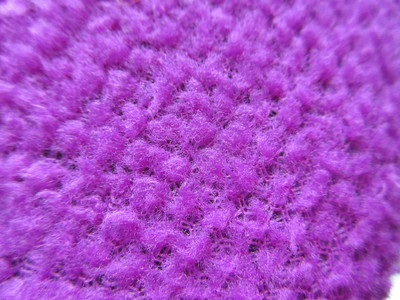

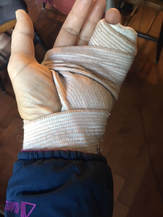
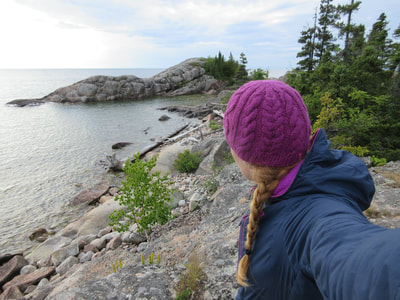
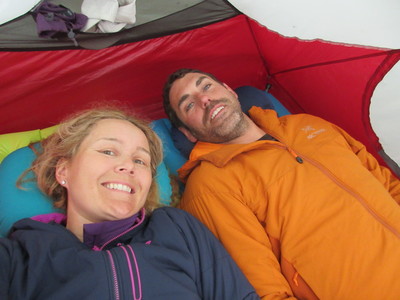
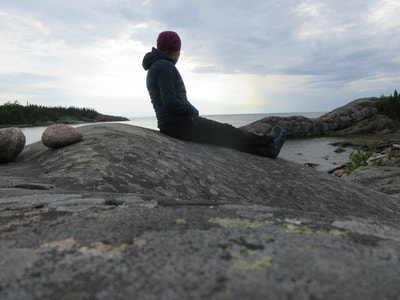
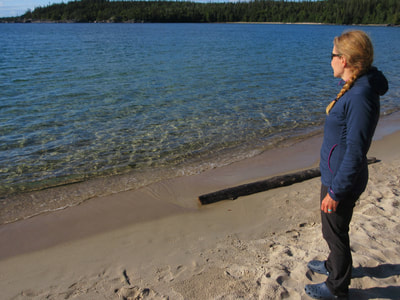
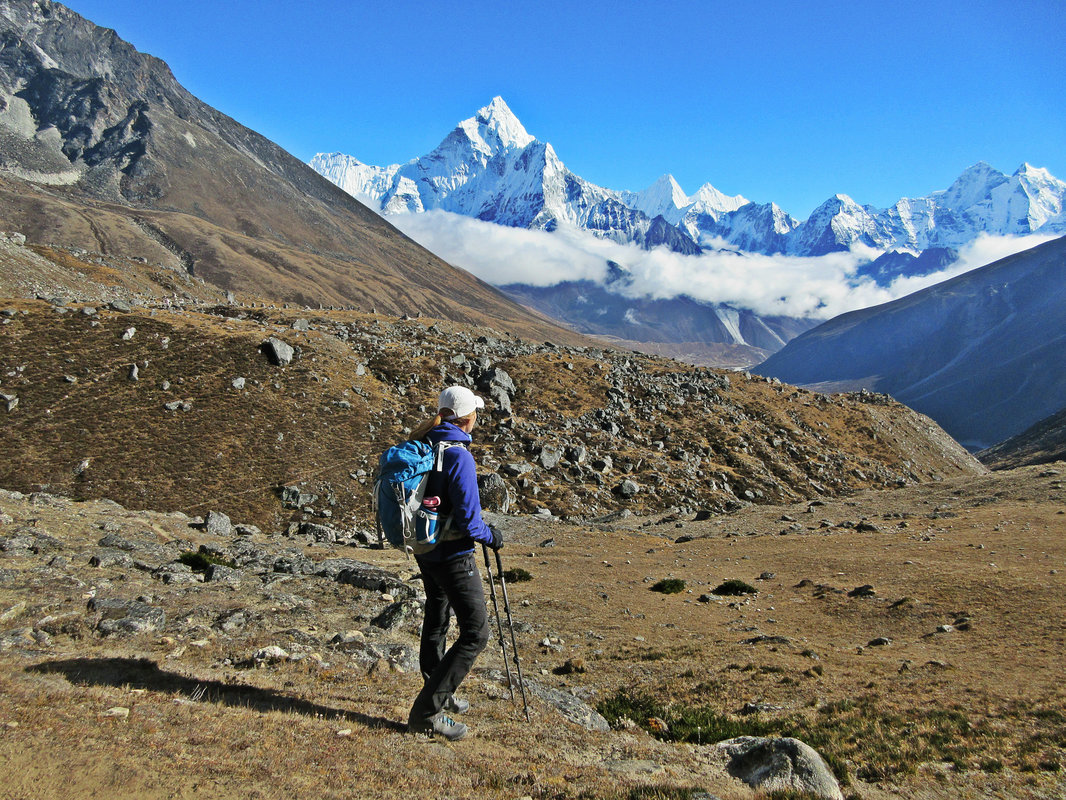
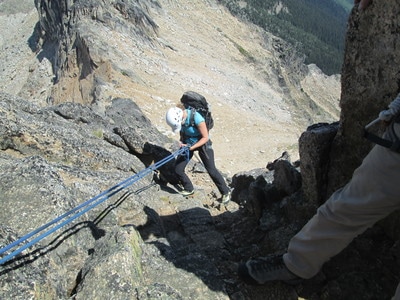

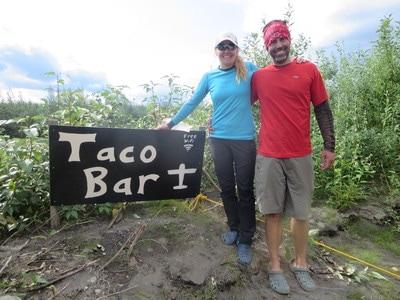
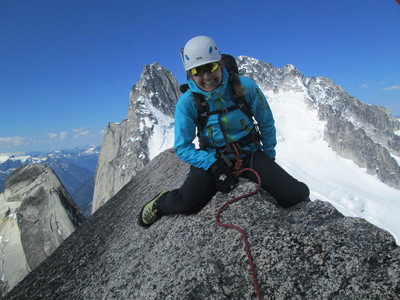


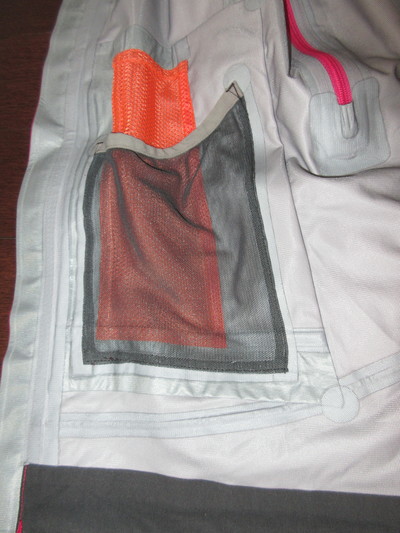

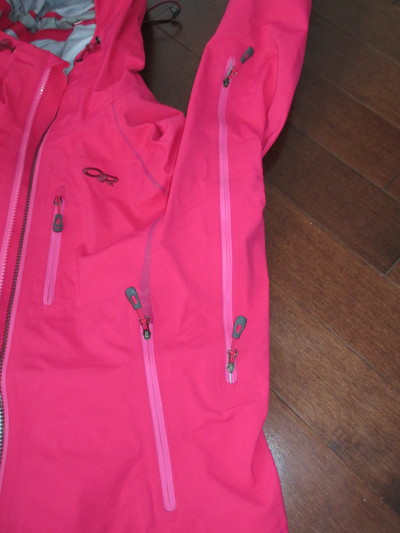
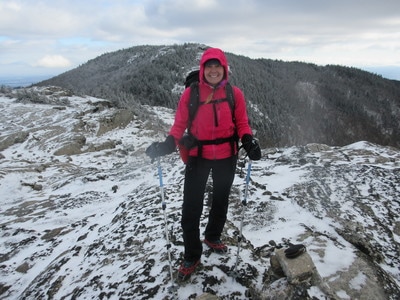
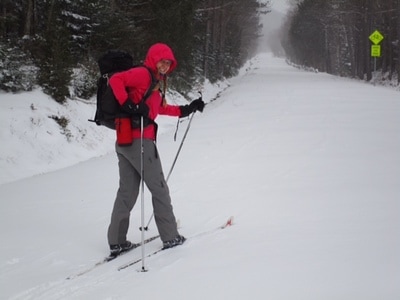
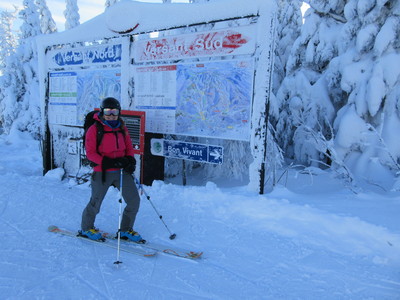
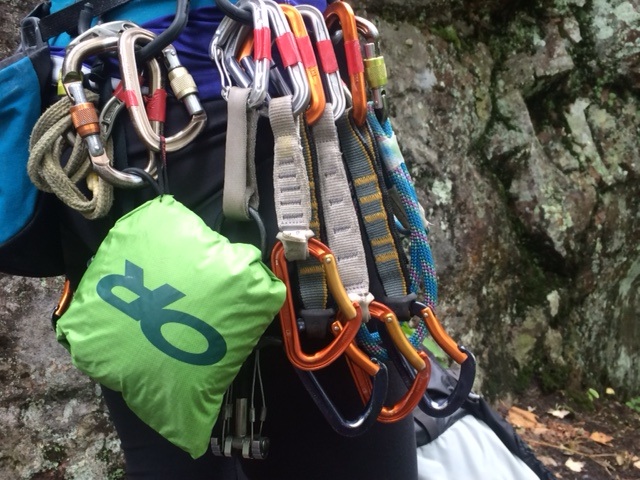
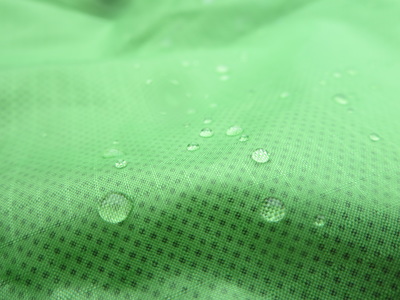

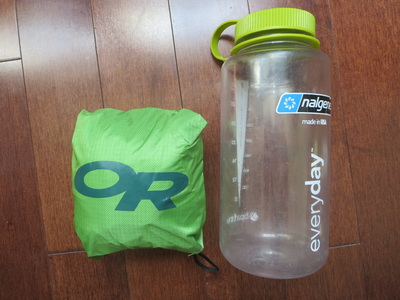
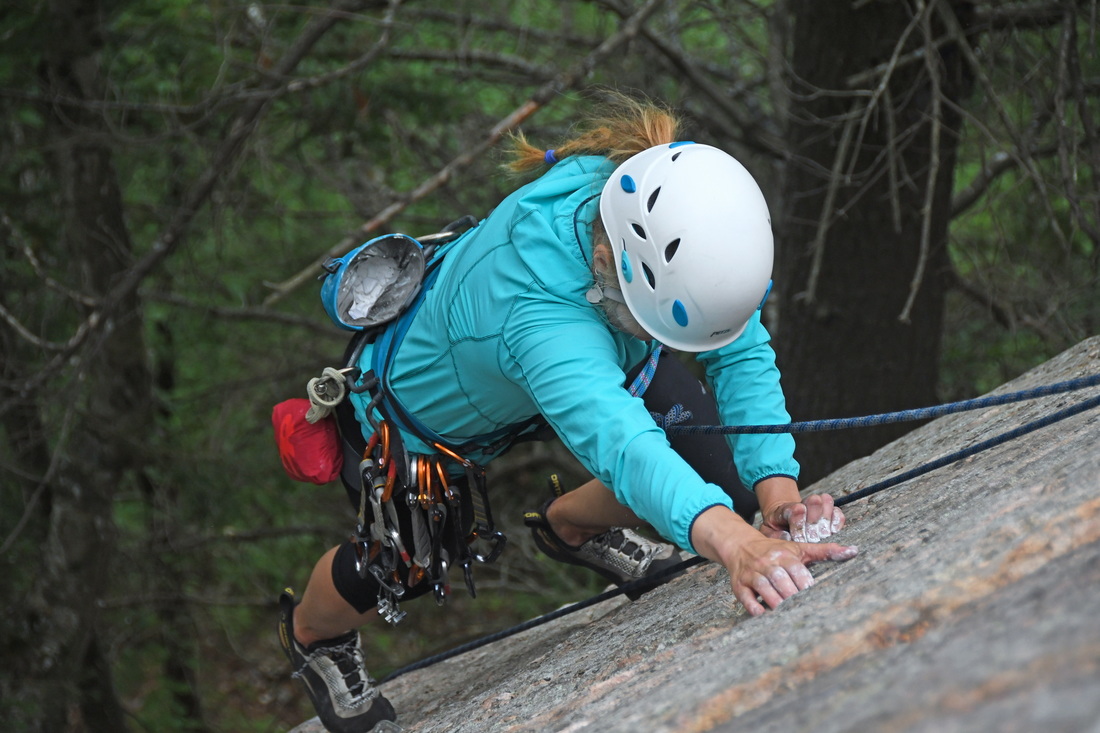
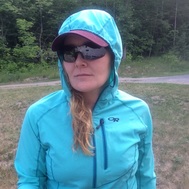
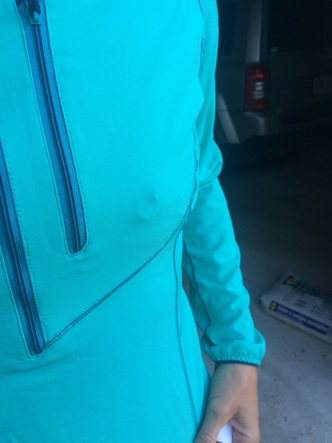
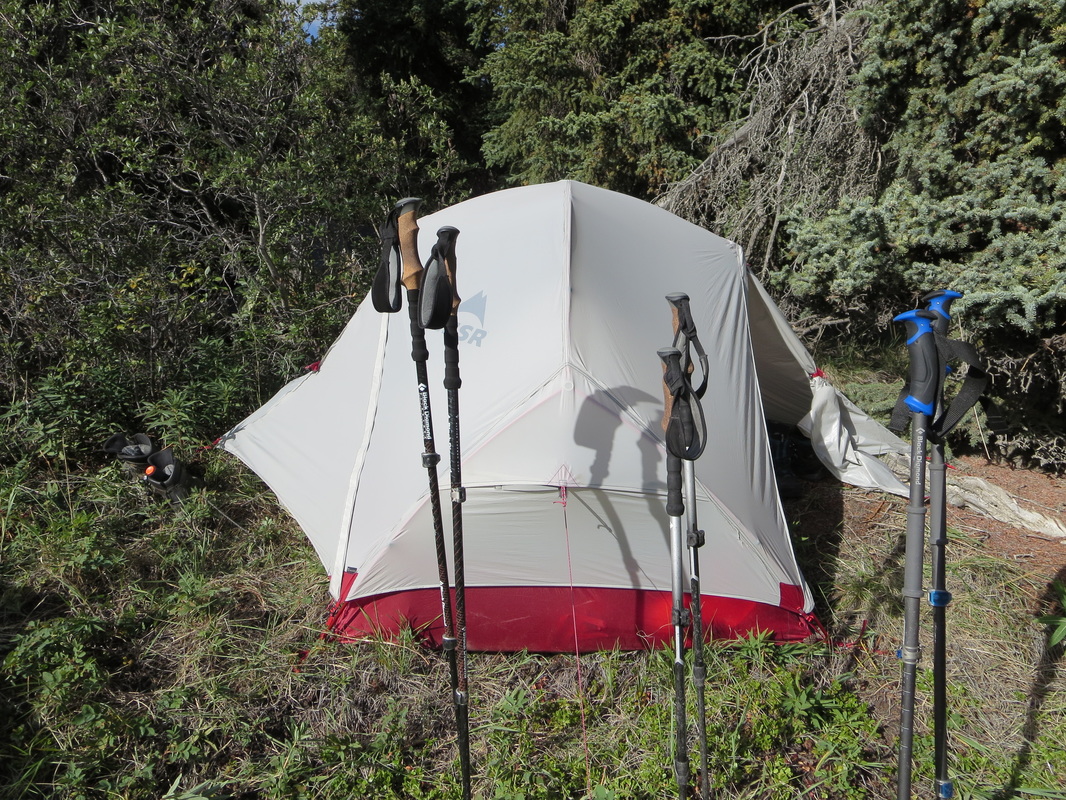


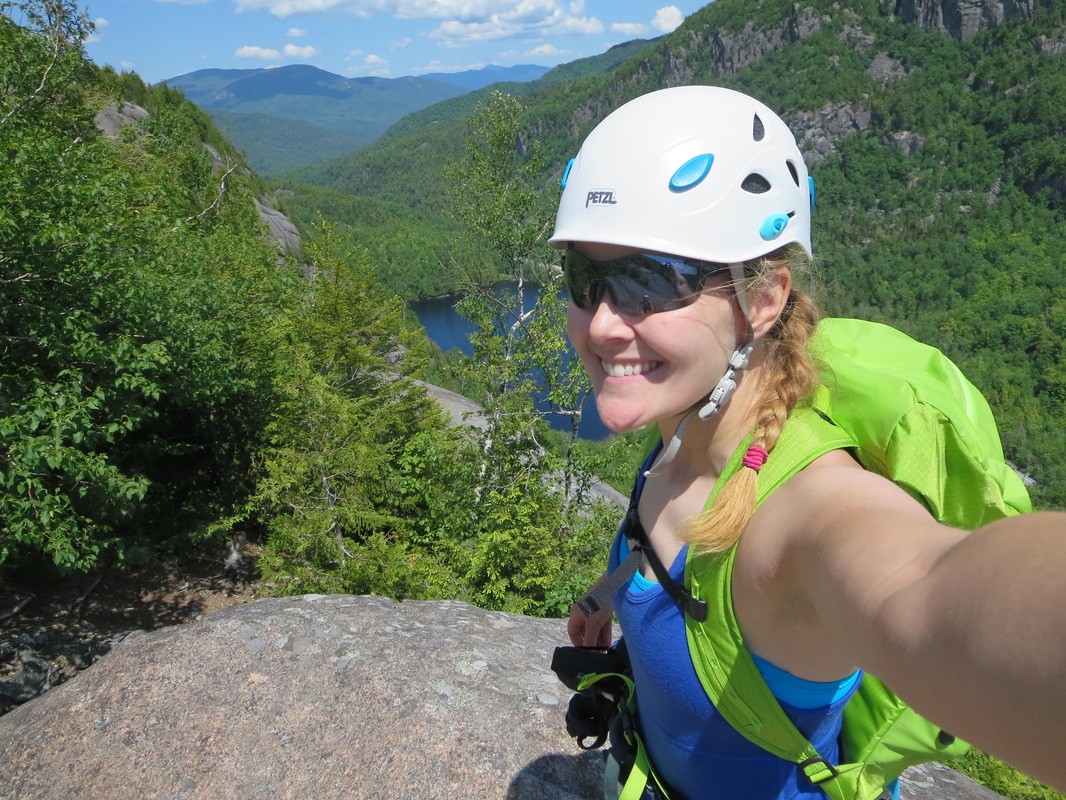
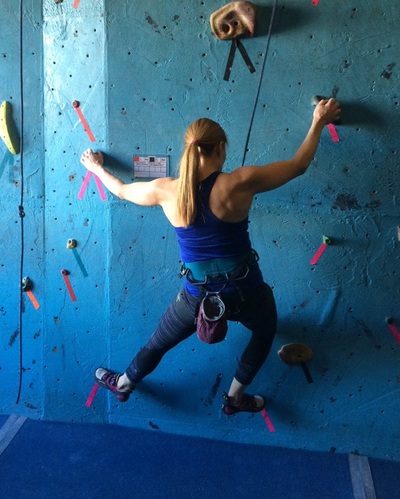
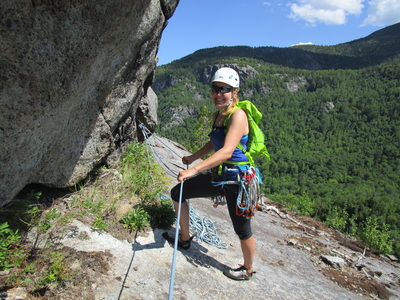
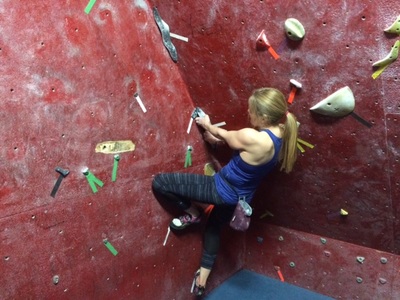
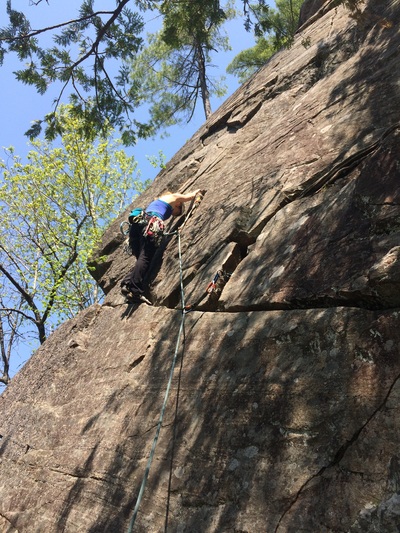
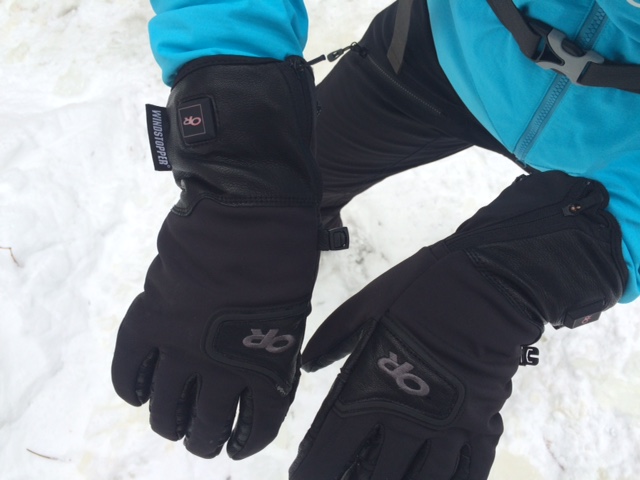
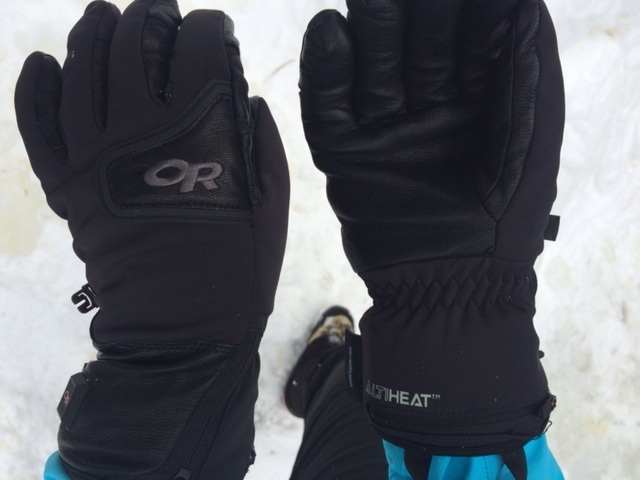
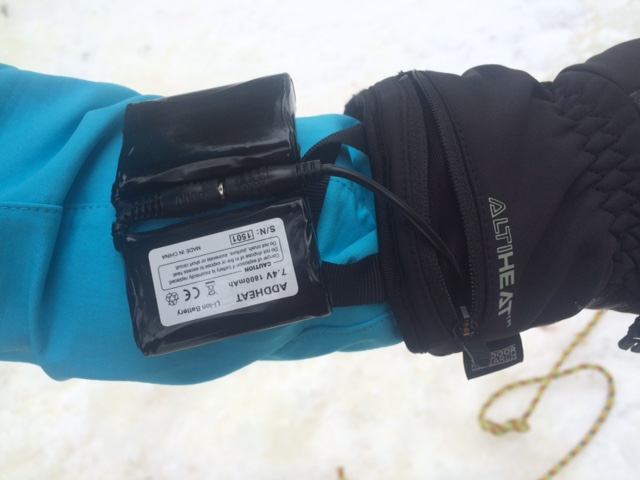
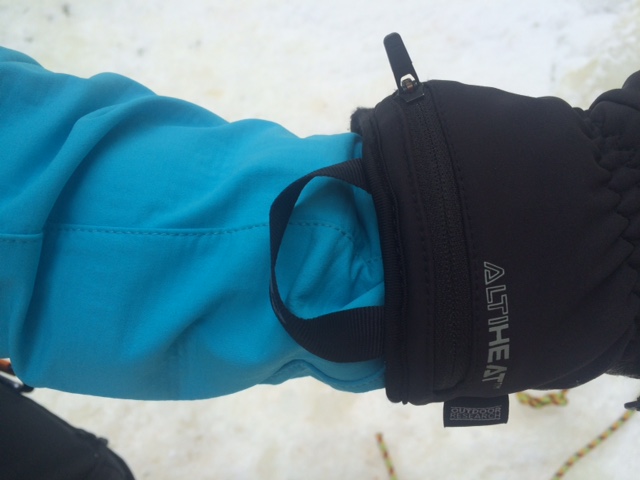
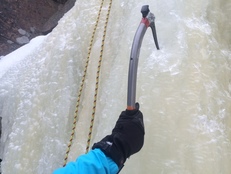
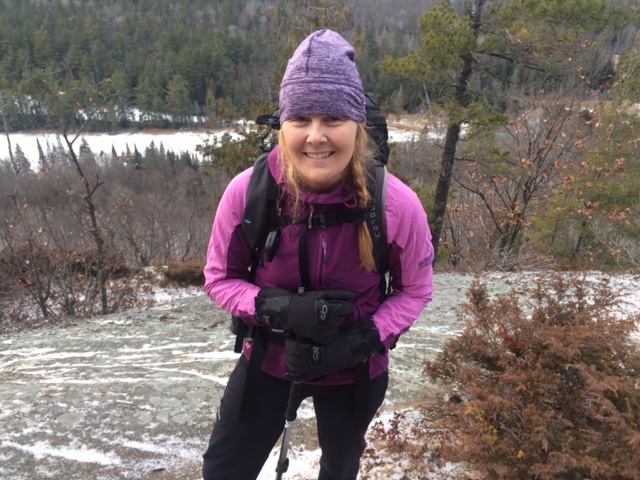
 RSS Feed
RSS Feed

